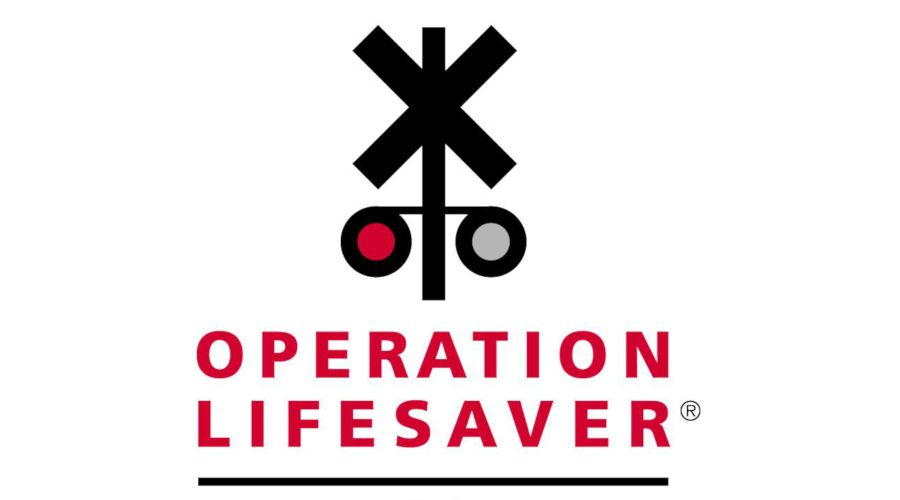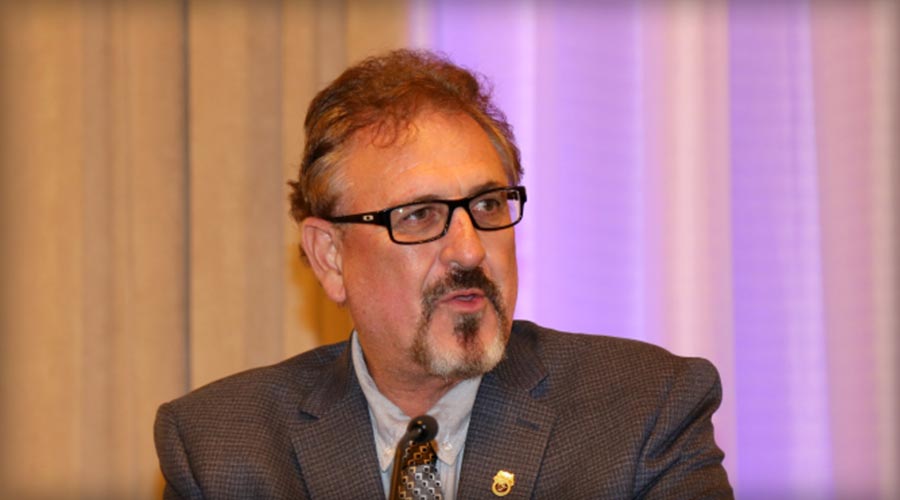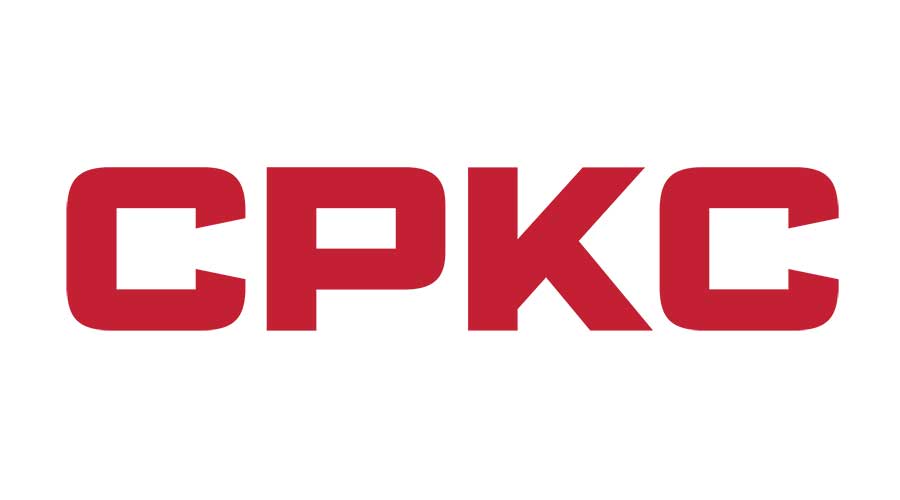Newsletter Sign Up
Stay updated on news, articles and information for the rail industry
Stay updated on news, articles and information for the rail industry
RAIL EMPLOYMENT & NOTICES
Rail News Home
Rail Industry Trends
Rail News: Rail Industry Trends
In 2007, the Class Is’ capital spending will total a record $9.4 billion, up more than 9 percent from 2006’s record $8.6 billion, according to the Association of American Railroads (AAR). During the past four years, the large roads’ spending has increased about 60 percent.
Railroads have been willing to invest a large amount of their capital to maintain infrastructure, add capacity and adopt technology, AAR President and Chief Executive Officer Edward Hamberger stressed in a statement submitted to the Surface Transportation Board (STB), which conducted a hearing yesterday on freight-rail capacity and infrastructure requirements.
“Over the past 10 years, railroads have spent an average of 17.2 percent of revenues on capital expenditures compared with an average of 3.4 percent for manufacturing, putting railroads at or near the top among all U.S. industries in terms of capital intensity,” he said. “Traffic increases have resulted in capacity constraints at certain junctions and corridors within the rail network … [and] excess capacity has disappeared from many critical segments of our rail system.”
But railroads aren’t doing enough to improve the condition of their existing infrastructure, said STB Vice Chairman Douglas Buttrey at the hearing. He graded rail infrastructure condition as a C-minus.
Railroads would upgrade more infrastructure if they could afford it, said Hamberger. A recent American Association of State Highway and Transportation Officials study determined railroads would need to invest $175 billion to $195 billion in infrastructure to maintain current market share, but railroads could pay only $142 billion of that amount from earnings and borrowed funds.
“This shortfall means that many rail projects that would otherwise expand capacity … will be delayed — or never made at all,” said Hamberger. “It is in our nation’s best interest to ensure that optimal freight railroad capacity enhancements are made [and] the two ways that policy makers can make this happen are by taking greater advantage of public-private partnerships for freight-rail infrastructure projects and by introducing tax incentives for rail infrastructure projects that enhance capacity.”
National Grain and Feed Association (NGFA) officials agree the federal government should provide “reasonable” tax incentives to encourage rail infrastructure investments. However, federal oversight should be exercised to ensure public funds are used only to add new rail capacity and not replace existing equipment and infrastructure, NGFA officials said in a letter to the STB.
In addition, funding should be part of a joint public-private partnership for which both shippers and carriers would be eligible, they said.
4/12/2007
Rail News: Rail Industry Trends
Class Is spending a record amount to add and upgrade infrastructure, AAR says; current track conditions warrant a C-minus, STB says
advertisement
In 2007, the Class Is’ capital spending will total a record $9.4 billion, up more than 9 percent from 2006’s record $8.6 billion, according to the Association of American Railroads (AAR). During the past four years, the large roads’ spending has increased about 60 percent.
Railroads have been willing to invest a large amount of their capital to maintain infrastructure, add capacity and adopt technology, AAR President and Chief Executive Officer Edward Hamberger stressed in a statement submitted to the Surface Transportation Board (STB), which conducted a hearing yesterday on freight-rail capacity and infrastructure requirements.
“Over the past 10 years, railroads have spent an average of 17.2 percent of revenues on capital expenditures compared with an average of 3.4 percent for manufacturing, putting railroads at or near the top among all U.S. industries in terms of capital intensity,” he said. “Traffic increases have resulted in capacity constraints at certain junctions and corridors within the rail network … [and] excess capacity has disappeared from many critical segments of our rail system.”
But railroads aren’t doing enough to improve the condition of their existing infrastructure, said STB Vice Chairman Douglas Buttrey at the hearing. He graded rail infrastructure condition as a C-minus.
Railroads would upgrade more infrastructure if they could afford it, said Hamberger. A recent American Association of State Highway and Transportation Officials study determined railroads would need to invest $175 billion to $195 billion in infrastructure to maintain current market share, but railroads could pay only $142 billion of that amount from earnings and borrowed funds.
“This shortfall means that many rail projects that would otherwise expand capacity … will be delayed — or never made at all,” said Hamberger. “It is in our nation’s best interest to ensure that optimal freight railroad capacity enhancements are made [and] the two ways that policy makers can make this happen are by taking greater advantage of public-private partnerships for freight-rail infrastructure projects and by introducing tax incentives for rail infrastructure projects that enhance capacity.”
National Grain and Feed Association (NGFA) officials agree the federal government should provide “reasonable” tax incentives to encourage rail infrastructure investments. However, federal oversight should be exercised to ensure public funds are used only to add new rail capacity and not replace existing equipment and infrastructure, NGFA officials said in a letter to the STB.
In addition, funding should be part of a joint public-private partnership for which both shippers and carriers would be eligible, they said.


 2025 MOW Spending Report: Passenger-rail programs
2025 MOW Spending Report: Passenger-rail programs
 Gardner steps down as Amtrak CEO
Gardner steps down as Amtrak CEO
 Guest comment: Oliver Wyman’s David Hunt
Guest comment: Oliver Wyman’s David Hunt
 Women of Influence in Rail eBook
Women of Influence in Rail eBook
 railPrime
railPrime







